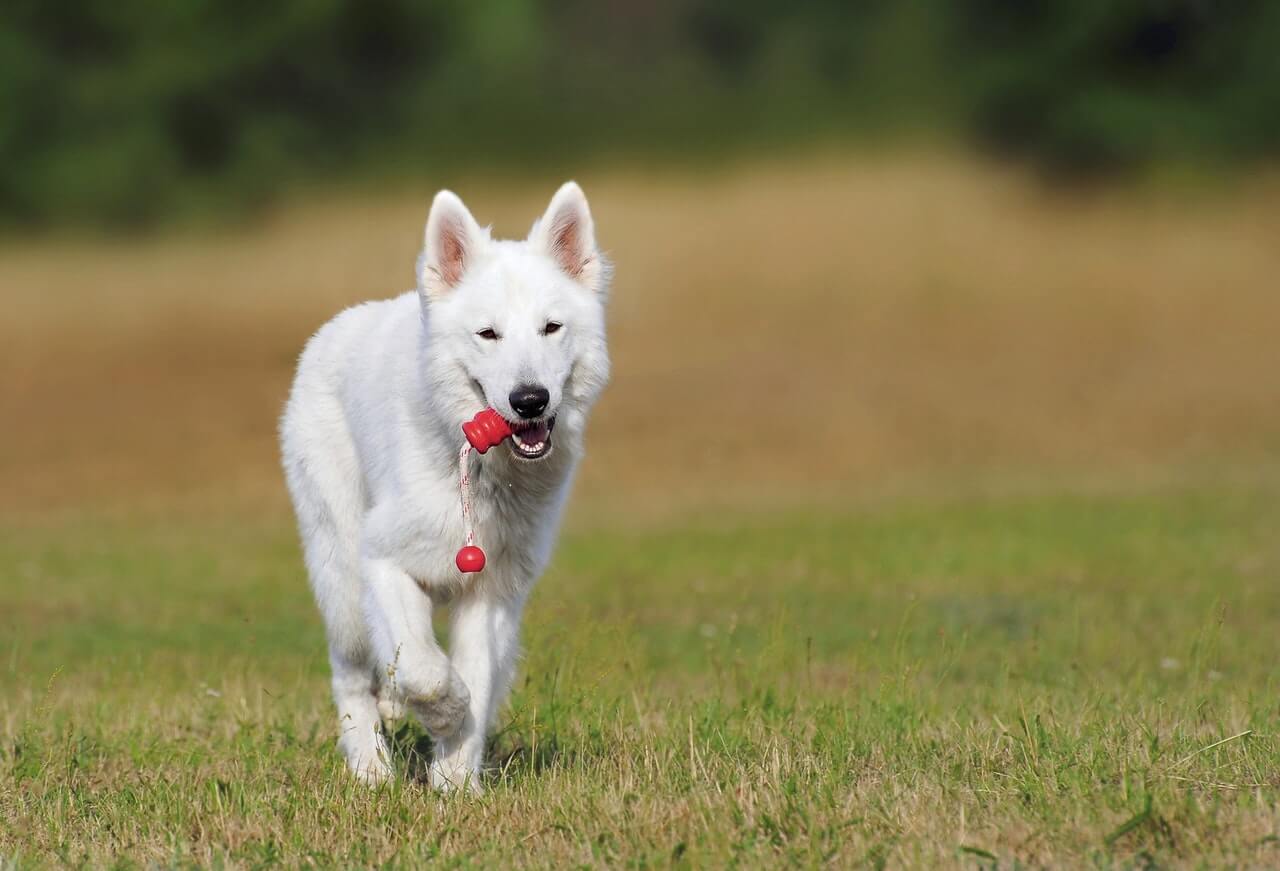2019-07-04

Dog training is usually a great thing for both dogs and owners because it keeps your dog obedient and develops the bond between you. As more and more owners prefer to discipline their dog as a service dog due to the high cost of special training organizations, the training of service dogs is often done by individuals or families. However, it should be noted that the training intensity and duration can directly determine the outcome of training because dogs, like humans, feel overwhelmed when filled with too much training. Occasionally, intense sessions can break your plan and deviate from your goal, such as causing a fearful personality. Therefore it is important for each owner to set a reasonable schedule before training your service dog candidate.
In general, it takes about two years for the owners to train their service dog. Sometimes it takes much longer or shorter, depending on various factors such as the age of the dog, your experience, etc. Some of the factors that can affect the duration of the training are:
1. Age
If your dog is a puppy, it is recommended to start the training from the age of at least six months to one year. This helps your puppy to grasp the basic skills such as socialization as well as establishing a potty habit during the perfect growth phase. A puppy with sound temperament and friendly manners will require less time to train. However, long sessions are not good for a young dog because puppies have less patience to focus on intense courses. Most new owners are quickly fed up with normal puppy behavior and quickly try to make the puppies behave like adult dogs.
If you have an older dog, you should take into account some factors that affect its physical activity, such as medical conditions, low mental sharpness, and unhappy experiences. However, old dogs still can still learn new tricks as long as you are prepared to use extra patience and short training sessions.
Both puppies and older dogs require a sense of achievement. Therefore it is necessary to give them praise and rewards when you see a good performance. Focus on one or two tasks at a time and take a break before the next task so they have enough time to learn and digest the task.
2. Breed
Although there are no restrictions on the breed of service dogs, breed matters if you want to train a service dog for special tasks. For example, if you want to train your dog to stay calm and quiet in most situations, certain dog breeds that are prone to barking are probably not suitable for you. A potential service dog that will frequently accompany its owners in the public domain, should not focus on other animals, so the breed, which has a low desire for prey, would behave well.
Gain clarity about your training purpose and determine the tendencies of your dog. You might require a lot of time and patience to develop its skills, but too much stress and overtraining could overwhelm your puppy.
3. Training Level
If your dog has already received some obedient training and has excellent manners at home or in public, you may have much less work than working with a hitherto untrained dog. Therefore, your dog will support your tasks easily and quickly.

4. Behavior problems
In general, it is not advisable to train a dog with behavioral problems into a service dog. For example, for the dog showing fear, anger, or aggression when touched by others like strangers or vets, it is difficult to immerse in social activities until you change your dog’s behavior. Before your dog is considered for future training as a service dog, it has to undergo extensive modification training and pass a careful assessment, which would take you at least one year. After hard work and reassessment, a dog with mild behavioral problems can return to the path of a potential service dog and begin the process of obedience, manners, and assistance tasks. However, most of these dogs are small dogs that are not recommended to assist their owner outside the home.
5. Interesting rewards
A dog tends to have enough of the training if it does not get interesting rewards (such as food, toys, playtime, and petting). It presents itself as being easily distracted as well as depression. One of the useful tricks is food motivation. Prepare a handful of delicious treats before training. Use a treat to attract your dog’s attention and recall the dog when unexpected behavior occurs. Offer the treat while your dog responds well to your command. A dog that focuses all attention on you shortens the duration of training.
6. Training too fast
Many people have high expectations and set an impractical training goal that their dogs cannot achieve. Too fast a process can make the training take longer, while a slow and careful training course will reach your goal more quickly in the long run. If you rush your pup frequently, this will lead to undesirable results, such as a training setback and new behavior problems. In short, the rule for training a service dog is “slow is fast.”
Conclusion: With service dog training, no one can predict exactly how long it takes for the dog to be trained. In addition to your time, your stamina, your financial capacity and your interest in training will determine whether or not you can succeed in training your service dog.